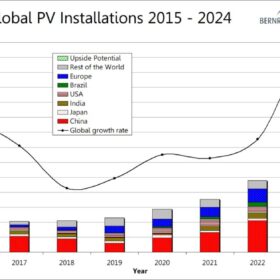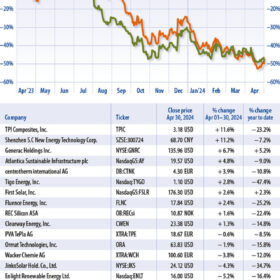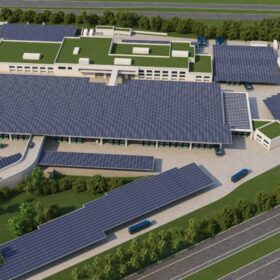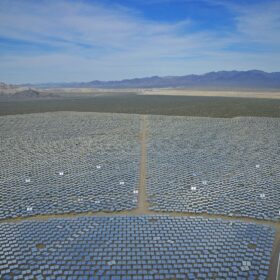New platform vets residential solar salespeople
An industry plagued by deceptive practices is now verifying salespeople via a platform called Recheck.
Low prices for TOPCon solar panels put pressure on PERC
In May 2024, high-efficiency panels, predominantly glass-glass modules equipped with tunnel oxide passivated contact (TOPCon) cells began to converge on price with mainstream offerings, writes Martin Schachinger, of pvXchange. Production volumes for these negatively-doped, “n-type” cells and modules have been ramped up in China while the increasingly restrictive customs situation in the United States may already be having an impact. For the European market, ever-lower prices for the latest module technology would suggest that demand would continue to rise were it not for a number of disruptive factors.
Spontaneous glass breakage on solar panels on the rise
The National Renewable Energy Laboratory noted an increase in spontaneous glass breakage in solar panels. The PV Module Index from the Renewable Energy Test Center investigates this and other glass-related trends in solar manufacturing.
Solar startup claims doubled energy per acre with terrain-following array
California startup Planted Solar uses construction robots and high-density arrays to deliver what the company says are higher energy outputs and lower balance of system costs.
Global PV installations may hit 660 GW in 2024, says Bernreuter Research
Bernreuter Research says low module prices will drive demand in the second half of this year. The researchers note the shipment targets of the world’s six largest solar module suppliers, who are aiming for an annual growth rate of 40% on average.
A look at what caused U.S. solar stock slump in April
Financial and regulatory uncertainty plus rising module prices are affecting project timelines in the United States and domestic companies must contend with a gray market at home and aggressive pricing abroad. Jesse Pichel, of Roth Capital Partners, explores the key trends in a tough month for U.S. solar stocks.
Solar antidumping tariffs back in the spotlight
After a two-year pause, antidumping and countervailing duty (AD/CVD) tariffs on solar components shipped from Southeast Asia are set to resume in June 2024.
Titan Solar latest in residential solar business closures
An email informed company employees that the company had ended operations.
Long-duration stability of perovskite solar cells
US scientists have analyzed the impact of “seasoning” a formamidinium lead iodide solution with two-dimensional (2D) perovskites. They have found that the template improved the efficiency and durability of their solar cells.
Solar-powered bus depot features green hydrogen production
The integrated microgrid will be connected to the utility, but engineered to operate indefinitely in island mode, according to developer AlphaStruxure.















